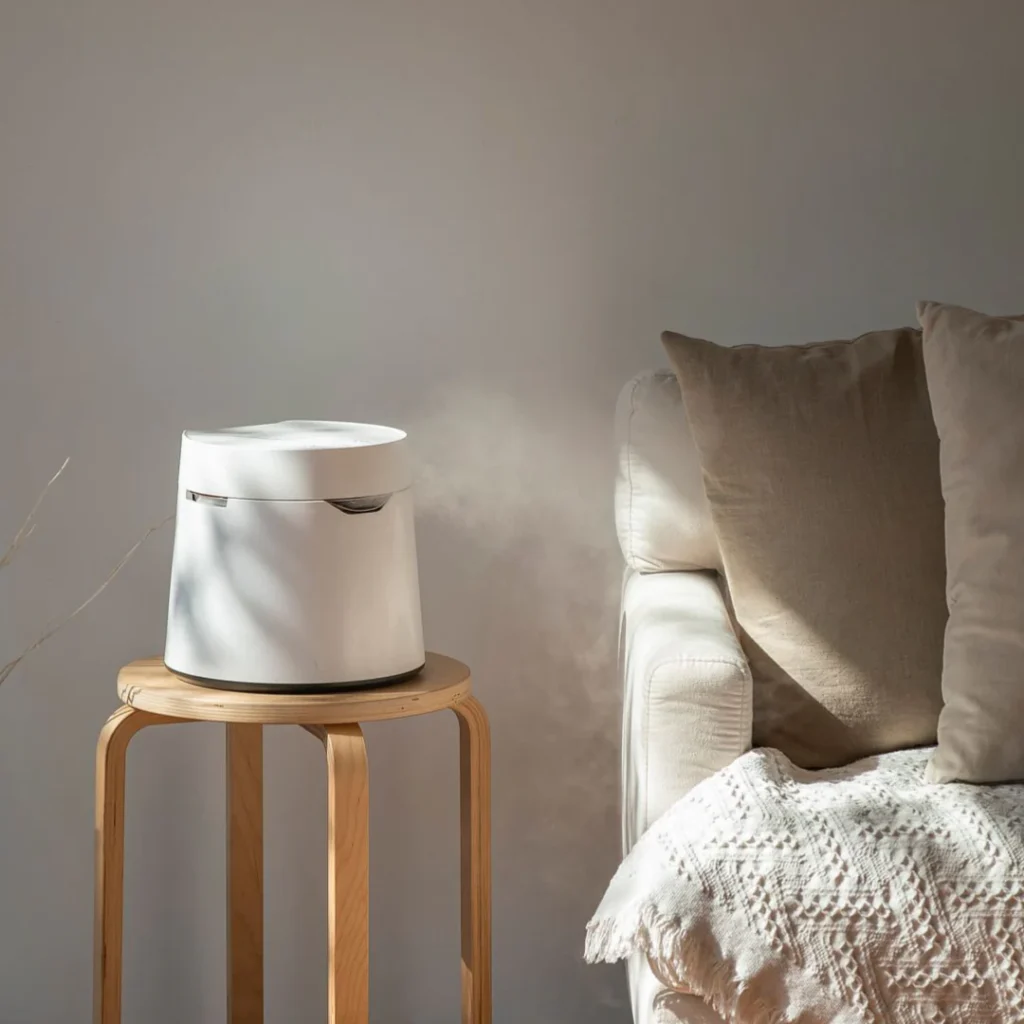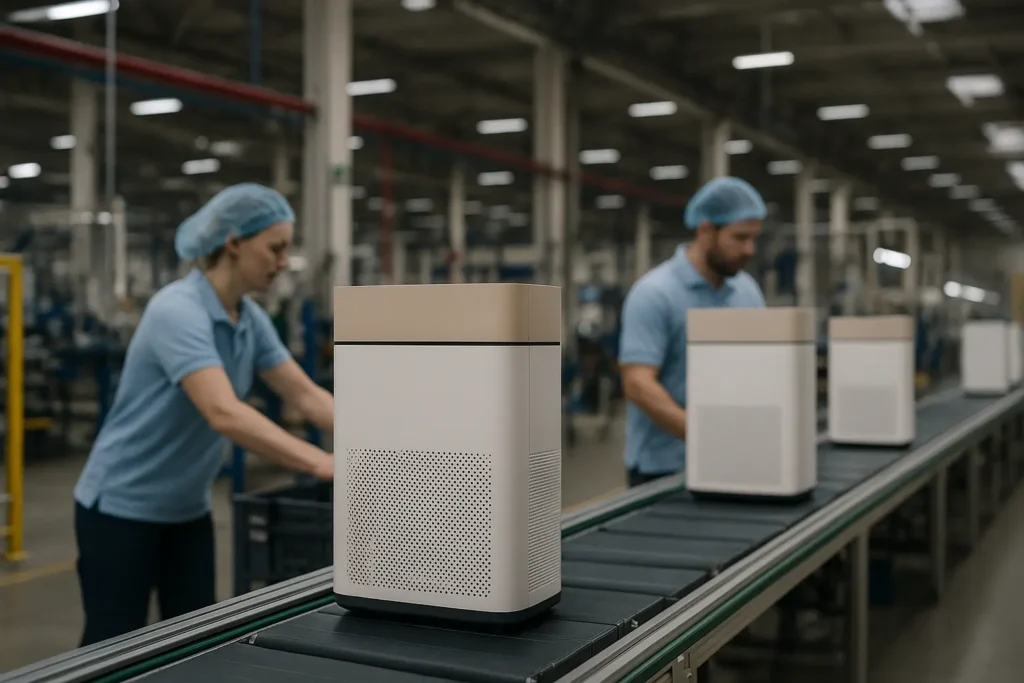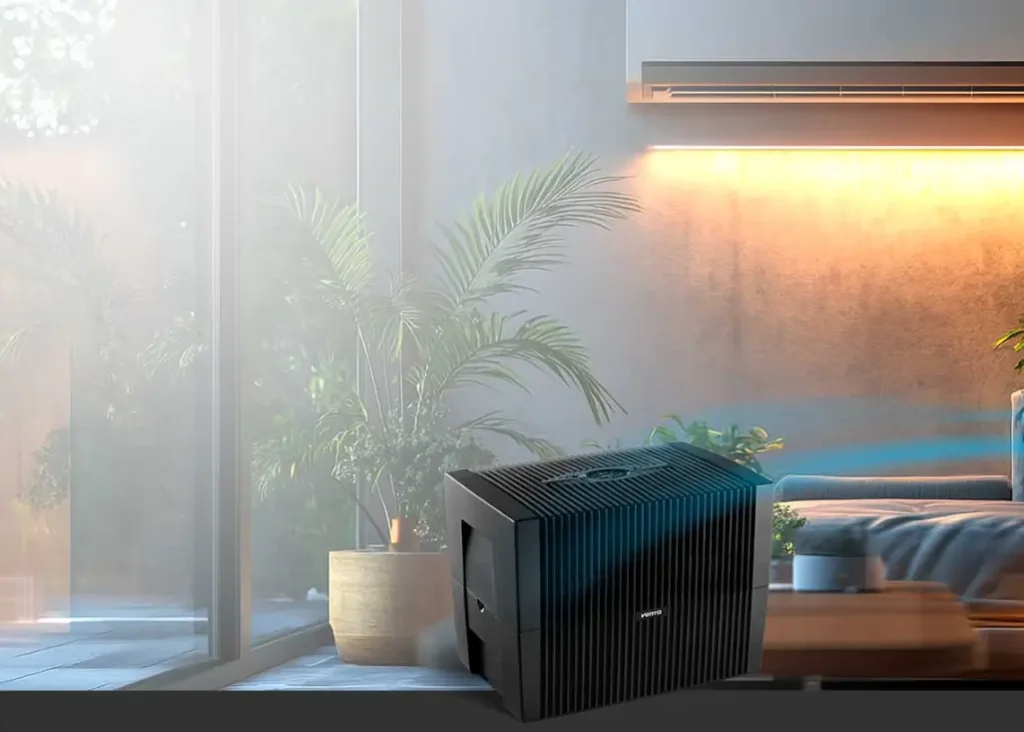ラドンは天然ガスである。しかし、危険なのは、ラドンが家の中に入り込み、成長し、増え始めてからです。室内空間のラドンガスを除去し、軽減する方法については以下をご覧ください!
ラドンは、ウランなどの特定の金属から発生するガスである。土壌、岩石、地下水中に存在する。私たちの身の回りにもラドンは存在するが、安全なレベルであることは間違いない。
しかし、ラドンは家屋や建物に侵入する可能性があることを覚えておいてください。いったんラドンが侵入すると、時間の経過とともに蓄積し、蓄積していく可能性があります。ラドン濃度が高いと、がんなどさまざまな呼吸器系の病気につながる。このような悲惨な状況に自分をさらしたくはないだろう。
ラドンと、ラドンを抑制するための以下のような緩和策について、もっと知ることができるだろう。 高品質空気清浄機.
ラドンはどこから来るのか?

画像出典:iStockphoto
ラドンは 放射性ガス ウラン、ラジウム、トリウムの分解によって生成される。これらの金属は放射性であり、通常、地下水、岩石、土壌に存在する。ラドンは地中で生成されるため、その存在は異常ではない。実際、私たちはラドンにさらされている。
さらに、ラドンは地表水、地下水、空気を通っても流れることができる。したがって、ラドン・ガスが水道管にも入り込む可能性がある。興味深いことに、井戸水は地表水よりもラドン濃度が高いと言われています。
さらに、ラドンは天然ガスの中にも存在し、特に地下のウランやラドンを含む岩石・土壌と接触したガスにはラドンが含まれます。ラドンは空気中に混じり、配水管やサービス管を通って移動します。したがって、ヒーター、給湯器、暖炉、ストーブにもラドンが存在する可能性がある。
ラドンの危険性は、長時間、大量にラドンにさらされたときに生じる。喫煙歴もラドン関連疾患の危険因子を誘発する可能性がある。設置 大型空気清浄機 ラドン被曝を最小限に抑えるために必要なことである。
空気中にラドンがあるのは正常か?

画像出典:iStockphoto
そうです。ラドンは人工のガスではありません。科学的に言えば、ラドンは環境から自然に発生するものです。例えば、ラドンは土壌や岩石に含まれています。化石燃料や石炭を燃やす過程でもラドンは放出されます。
唯一の問題は、ラドン濃度が高すぎる場合だ。専門家によれば ラドンの安全レベル は4.0pCi/Lを超えてはならない。しかし、このレベルはすでに憂慮すべきものである。屋外の平均ラドン・レベルはわずか0.4pCi/Lである。ここでは緩和が重要である。
ラドンは危険か?

画像ソース アンスプラッシュ
はい。ラドンへの長期にわたる過度の暴露は、間違いなく健康に害を及ぼす。
ラドンが体内に入ると、ガスは肺全体に放射線を発生させる。専門家によれば、少量のラドンはそれほど悪くはない。そうでない場合は、問題が生じる。
ラドンは細胞レベルで肺の内膜を損傷する。このため、ラドンにさらされた人は、以下のような高いリスクを抱えることになる。 肺がんの発症.入手可能なデータに基づくと、肺がんに関連する死亡者数のおよそ2万人がラドン被曝によるものである。タバコに関連した死亡者数の方がまだ多いとはいえ、この数字は依然として大きい。
従って、ラドンが健康にもたらす危険性を軽視するのは間違っている。適切に対処すべきである。
ラドンが存在する家庭内の共通エリア
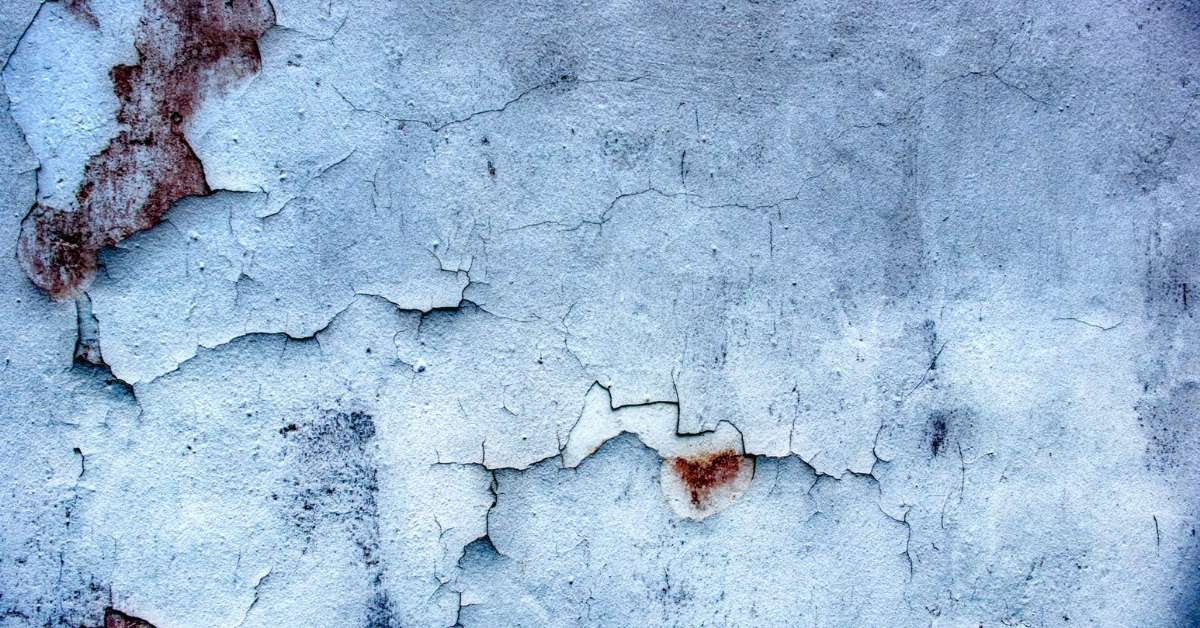
画像ソース アンスプラッシュ
ラドンは気体の一種である。それゆえ、その透過性によって、ラドンは家屋や建物に容易に侵入することができる。敷地内には、ラドン・ガスが通過できる場所があります。そのいくつかを紹介しよう。
コンクリート床のひび割れ
ラドンは通常、地中で放出されるため、それが床に到達するのは避けられない。したがって、クロールスペースや地下室の床材にひび割れがあると、そこからガスが侵入する可能性が高い。したがって、ラドンが空間に浸透するのを防ぐには、これらの継ぎ目を補修することが不可欠である。
壁のひび割れ
驚くべきことに、床材が完全に密閉されていても、ラドンは家に侵入する可能性がある。壁に隙間やひび割れがあれば、そこからラドンが侵入する可能性がある。ここでも、壁がラドンの侵入を通さないように緩和策を講じることが重要です。壁にひびが入り始めたら、すぐに補修しましょう。
しかし、たとえひび割れがなくても、ラドンは壁に侵入する可能性がある。具体的には、スラブやブロックの空洞を通り抜けることができる。これらを適切に密閉することが、有害なガスの侵入を防ぐ方法である。
サービス・パイプの継ぎ目
家の配管もラドンの侵入口となる。場合によっては、隙間が大きすぎるために、ガスがこっそりと生活空間に侵入してしまうこともある。専門の業者は、この問題に対処する手助けをしてくれる。
クロールスペース
バキュームが天井裏にある限り、ラドンは天井裏に侵入する。これらの真空は、ガス状物質をその下に引き込む。たとえクロールスペースに通気口があったとしても、小さな真空管が飛び出す可能性はある。その結果、ラドンを吸収し、徐々に家中に拡散していく。
なぜラドン浄化が重要なのか?
ラドンが健康にもたらすリスクはたくさんあり、特に長期にわたって暴露される場合はなおさらである。例えば、ラドンはがんの発症リスクを高める可能性があります。それだけでも、ラドンが家に存在することを抑制または除去するために最善を尽くすべき理由です。
ラドンは私たちが関わりたくないものであるため、ラドンに対する効果的な緩和メカニズムを持つことが極めて重要である。一つの方法として、空気清浄機を使うことができる。ラドンの問題が深刻な場合は、専門のラドン除去業者に連絡することが必須である。
ラドンを除去するための空気清浄機の追加
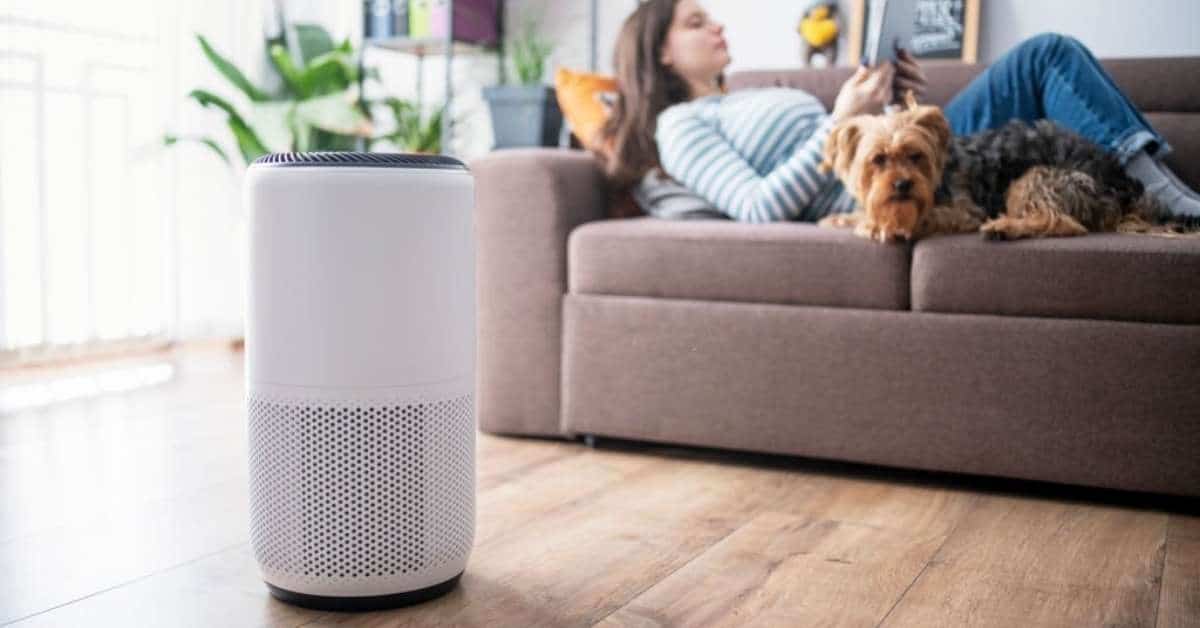
画像出典:iStockphoto
空気清浄機は、ラドンの問題を抱える家庭や物件には欠かせない家電製品である。もちろん、これらの空気清浄機は高レベルのラドンには対応できないかもしれない。しかし、これらの機器がラドンの拡散を抑えるのに役立つことは保証できる。
これらの空気清浄機を使えば、ラドン暴露に遭遇する可能性を最小限に抑えることができます。これらの空気清浄機と、それらが室内空気の質にもたらす利点についてもっと知るには、続きをお読みください。
空気清浄機はなぜ空気の質を改善するのに重要なのか?
今日、室内空気の汚染が問題になっている。結局のところ、私たちの家、建物、敷地の内外には、数多くの汚染物質が存在する可能性があるのだ。窓を開けたり、定期的に掃除機をかけたりといった通常の空気浄化手段では、これらの空気中の汚染物質には対処できない。
微粒子、ガス状物質、化学物質、ホコリなどが空気中に漂っている。そしてそれらの最悪な点は、普段は目にすることがないということだ。アレルギーの発作や喘息の発作が頻繁に起こるため、自分が呼吸する空気に問題があることに気づくだけだ。家の中にいる人が病気になることが多くなるのだ。
空気清浄機は、こうした空気中の汚染物質を抑えるために設計されている。空気清浄機は部屋の空気を吸収し、一連のフィルターを通過させる。その後、空気は再び部屋に戻されるが、今度はよりクリーンでフレッシュになる。
ラドン除去用空気清浄機
敷地内のラドンを除去するための広範でより簡単な戦略は他にもあるが、空気清浄機は試してみるべき適切な選択肢であることに変わりはない。空気清浄機は、居住空間内の低レベルから中レベルのラドンを徐々に除去することができます。空気清浄機には、ラドンを除去する専用のフィルターがあります。
具体的には、空気清浄機には、空気中の多数のガス状化合物、化学物質、その他の非固体成分を捕捉するカーボン・フィルターが搭載されている。そのため、これらの機器は、どこに住んでいても、ラドンのレベルを最小限に抑えたり、コントロールしたりすることができる。
ラドン除去のための空気清浄機は安全か?
技術的に言えば、フィルターベースの媒体を使用する空気清浄機は、空気浄化のための最も安全な選択肢です。何しろ、これらの空気清浄機は作動している間中、空気中に残留物や有害な排出物を発生させないからだ。使用時間にかかわらず、室内の空気はきれいなままです。
空気清浄機の中で唯一注意すべきなのは、オゾン空気清浄機である。これらの装置は空気中にオゾンを発生させる。オゾンは空気中の汚染物質を中和すると言われている。
しかし、オゾンは肺を刺激する気体化合物であることに留意してください。空間内のラドンの影響を悪化させる可能性さえある。さらに、オゾンが空気ろ過の効果的なメカニズムであるという科学的根拠はない。ですから、現時点では、フィルター式空気清浄機にこだわるべきです。
空気清浄機はどのようにラドンを除去するのか?
ラドンは地中で自然に発生するガスである。気体であるため、従来の方法では除去できない。実際、ラドンの専門業者は、ラドン・レベルの高い地域に対処するために、専門的な緩和処置を行っている。
空気清浄機の場合、カーボンフィルターが除去媒体である。このカーボンフィルターには、ガス状成分、化学物質、揮発性有機化合物を捕捉する特殊な設計が施されている。HEPAフィルター、プレフィルター、UVライトでは、空気中のこれらの汚染物質を除去することはできない。
これらの活性炭フィルターは、その表面に分子を捕捉する。これらのフィルターは多孔質であるため、汚染物質が付着する有効表面積を拡大することができる。
空気清浄機によるラドンの除去:ステップバイステップ
空気清浄機は、フィルターを通してさまざまな汚染物質を除去することができる。ラドンのようなガス状物質に関しては、活性炭フィルターが使用される。以下は、空気清浄機がラドンガスを除去する具体的な手順である。
- 空気清浄機はファンで空気を吸い込む。
- 空気清浄機の中に入った空気は、数層のフィルターに通される。
- ガス状物質が捕捉されるのは、カーボンフィルター上である。 吸着プロセス.後者は、化学物質や物質を表面に閉じ込め、空気中に循環するのを防ぐ働きをする。
- 清浄化された空気は、再び室内に放出される。
このプロセスは、汚染物質の存在が抑制されるまで繰り返される。こうして空気清浄機は、化学物質、ガス状刺激物質、揮発性有機化合物を除去する。
ラドンの除去後、沈殿するまでにどのくらいかかりますか?
理想的な環境では、効果的なラドン除去装置を設置すれば、ほんの数時間でラドンを除去できる。しかし、そうはならない。結局のところ、数多くの要因が除去のスピードに影響を与える可能性がある。
その要因のひとつは、実装されている軽減技術だ。小型のシステムもあれば、堅牢なシステムもある。しかし、大型のものは設置が難しい。同時に、家の大きさも問題である。広々とした家では、ラドンレベルがコントロールされるまでに時間がかかるかもしれない。
また、発生源についても考慮する必要がある。住んでいる場所によっては、ラドンを除去することが不可能な場合もあります。できる最善のことは、呼吸器系に問題が生じないよう、安全なレベルまでコントロールすることです。
ラドン除去用空気清浄機を購入する前に考慮すべきこと
ラドン除去には、空気清浄機の効果が不可欠です。したがって、家庭や建物に空気清浄機を選ぶ前に、以下の点を考慮する必要があります。
- 活性炭フィルター - これは、ラドンのようなガス状物質を捕捉して除去するフィルターである。これがないと、空気清浄機は地面から放出されるラドンをろ過することができません。ヒソエアの空気清浄機にはこの特殊なフィルターが搭載されているので、要チェックだ。
- クリーンエア供給率 - 清浄空気供給率(CADR)とは、空気清浄機が一定期間に処理できる空気量の測定値である。具体的には、清浄空気供給率が高ければ高いほど、空気中の汚染物質をより多く除去することができます。広い空間では、空気中の汚染物質の拡散を防ぐために、強力なエアフローを提供する空気清浄機が必要です。
- HEPAフィルター - 空気清浄機にはHEPAフィルターが必要です。このフィルターにより、空気清浄機はアレルゲンや病原菌などの微細な汚染物質を99.9%除去する。ガス状物質は捕らえられないかもしれないが、呼吸器疾患を悪化させる可能性のあるその他の汚染物質には対処できる。
- 面積 - どのようなセットアップにおいても、空気清浄機の効果的なカバー範囲を評価する必要がある。基本的には、空気清浄機を置きたい部屋の面積に合わせる必要がある。つまり、地下室が300平方フィート程度なら、少なくとも300平方フィート以上の有効範囲を持つ空気清浄機が必要です。数値は高ければ高いほど良い。
ラドンの蓄積に最適な空気清浄機
今日、市場には数多くの空気清浄機が存在する。しかし、以下の空気清浄機と、ラドンなどのガス状汚染物質に対する性能に勝るものはない:
1. ヒソエア・モデルHA-1968
| カバレッジ | フィルターの種類 | |
| ヒソエア・モデルHA-1968 | 1,937平方フィート | HEPAフィルター、活性炭フィルター、プレフィルター、UVCライト |
| ヒソエア モデルHA-1601 | 1011平方フィート | HEPAフィルター、活性炭フィルター、プレフィルター、UVCライト |
| ヒソエア・モデルHA-139 | 516平方フィート | HEPAフィルター、活性炭フィルター、プレフィルター、UVCライト |
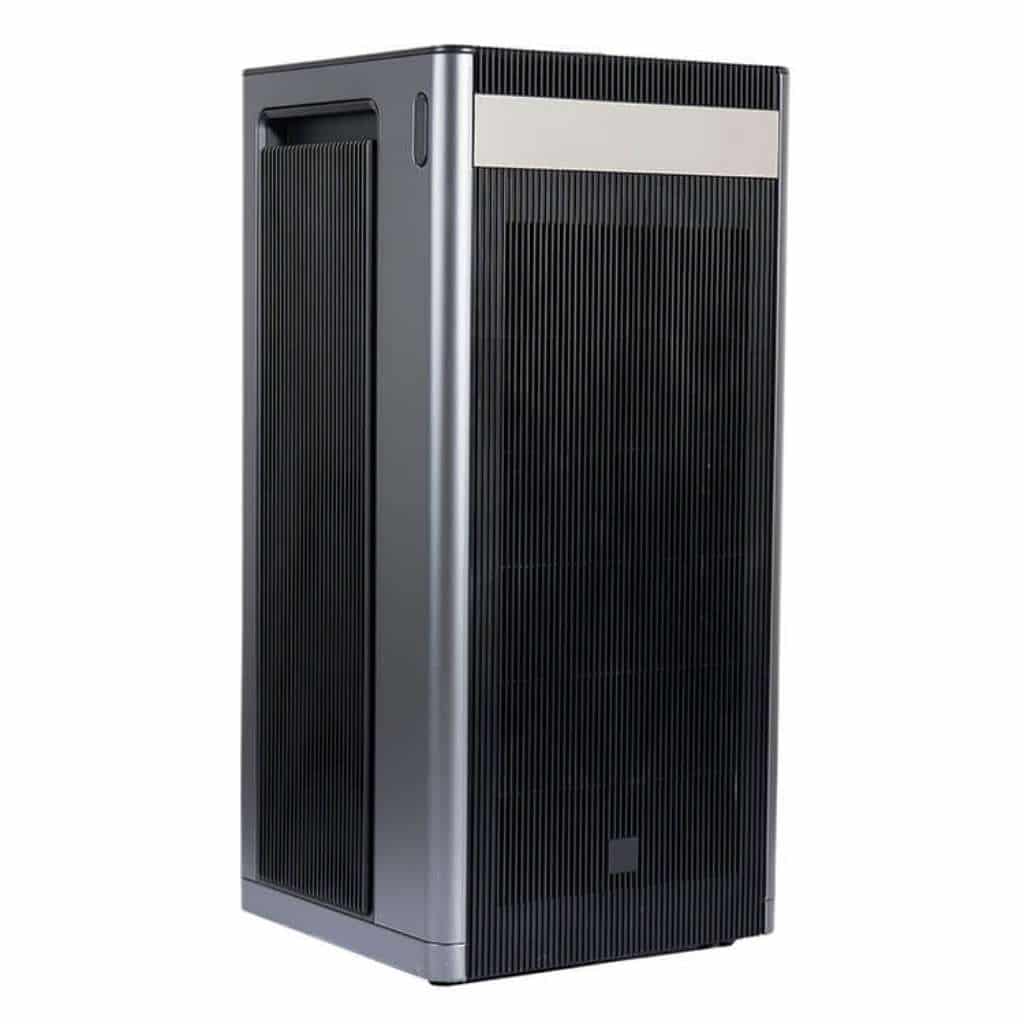
画像ソース ヒソエア
このリストをHisoAirモデルHA-1968から始めよう。オフィスや学校、商業施設など、広い空間向けの空気清浄機だ。1,500m3/hという高い清浄空気供給率(CADR)により、総合的な空気清浄が可能です。この数値は、この空気清浄機が広大な面積を持つ部屋に設置されても、効率的に空気を処理・浄化できることを示している。
さらに、この空気清浄機は非の打ちどころのないフィルターを備えている。活性炭フィルターは、ラドンなどのガス状物質の捕獲に威力を発揮する。また、揮発性有機化合物や、肺の問題を引き起こす可能性のあるその他の化学物質の除去にも優れている。また、人間工学に基づいたインターフェイスを備えているため、あなたの要求に応じて適切に操作することができる。
| プロス | CONS |
|
|
2. ヒソエア モデルHA-1601
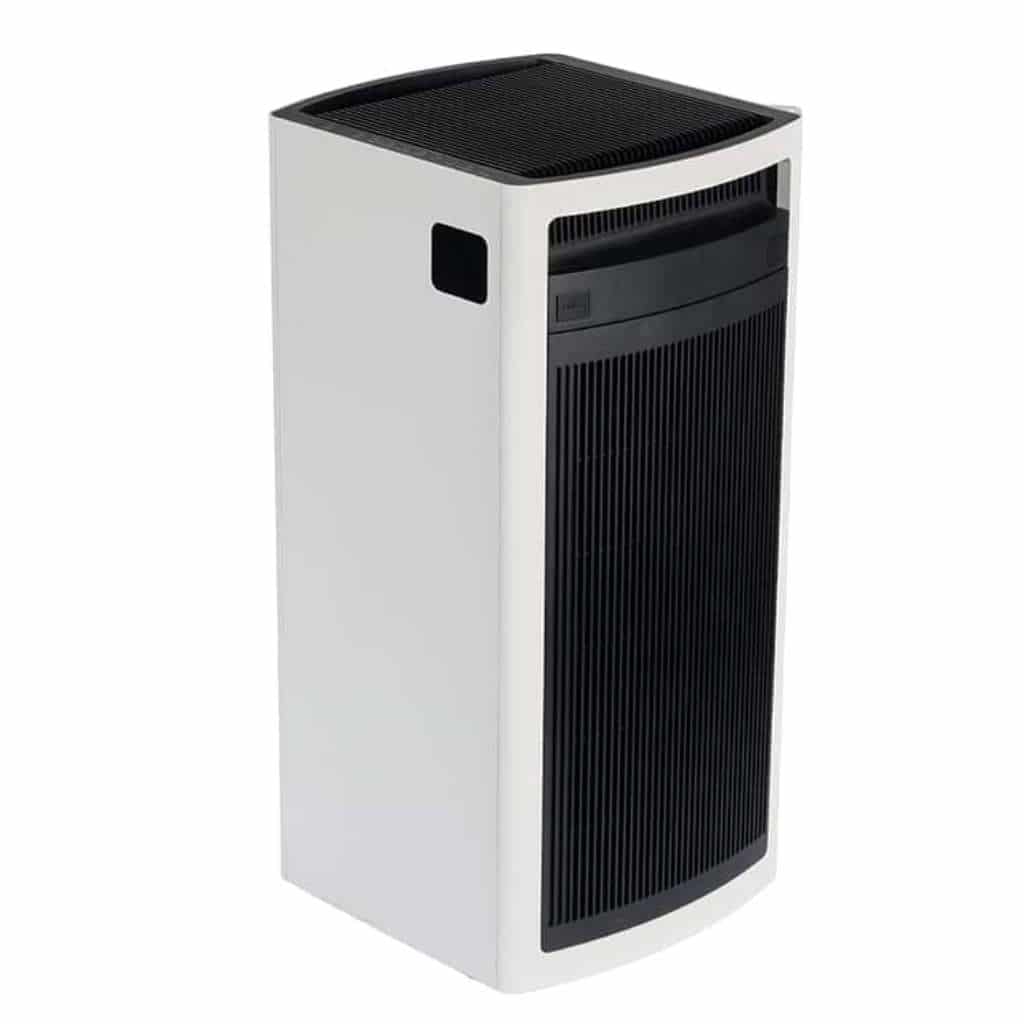
画像ソース ヒソエア
家庭内のラドンガスを安全なレベルに保ちたいなら、HisoAirモデルHA-1601を設置する必要があります。この空気清浄機は、地下室や居住空間など、空気中の汚染物質の濃度が高い場所で活躍するように設計されています。高品質の活性炭フィルターにより、ラドンを効果的に捕集します。活性炭フィルターが様々なガス状物質を吸着し、空気中に戻るのを防ぎます。
同時に、HisoAirモデルHA-1601はエネルギー効率の高い設計になっています。電気代の高騰を招くことなく、連続運転が可能です。常に空気清浄が必要な空間には欠かせない機能です。また、運転音も静かなので、どこに置いても迷惑になりません。
| プロス | CONS |
|
|
3. ヒソエア・モデルHA-139
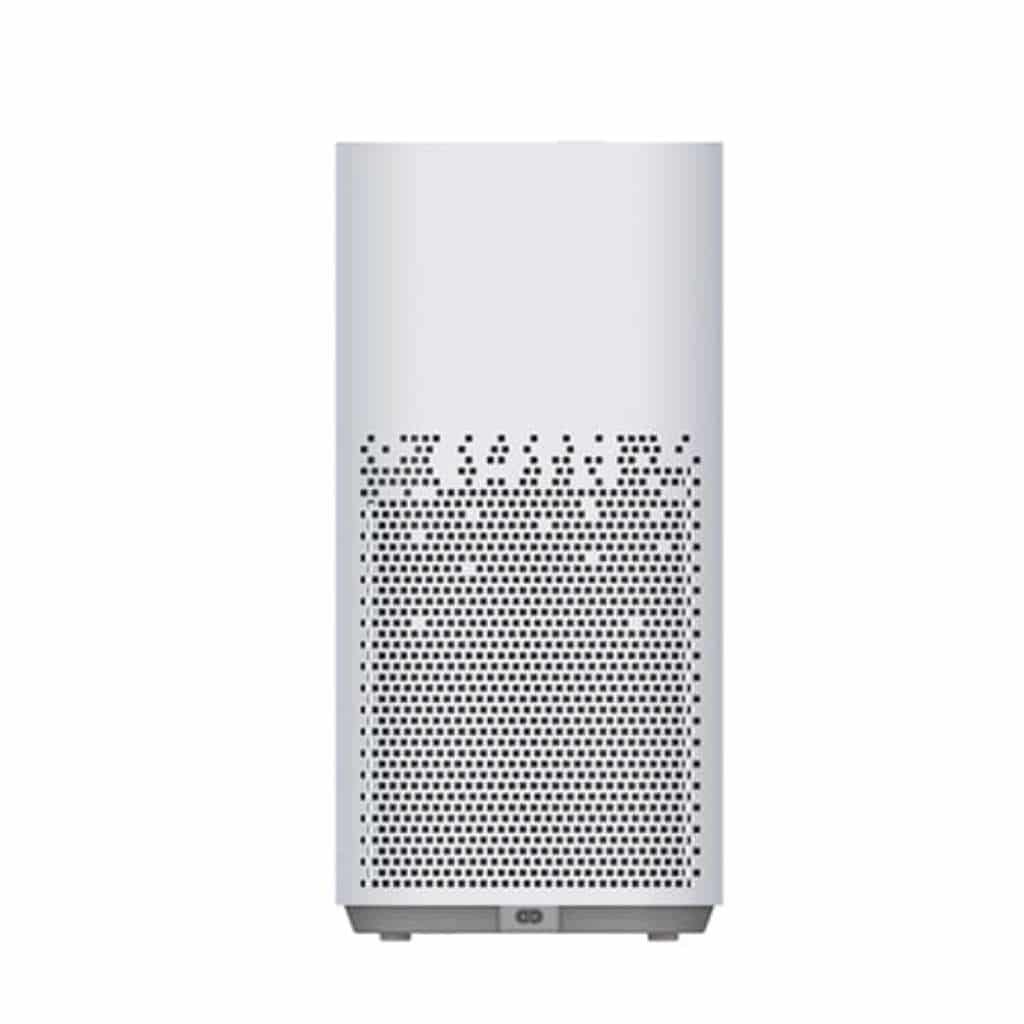
画像ソース ヒソエア
ガス状物質や化学汚染物質の除去に関しては、HisoAirモデルHA-139にお任せください。この空気清浄機には、ガス状物質や臭いの原因となる汚染物質を捕捉する革新的なカーボンフィルターが搭載されています。新鮮でクリーンな、呼吸しやすい空気を保つことができます。また、HEPAフィルターなど、空気中に浮遊する微細な汚染物質の増殖を抑制するフィルターも搭載しています。
この空気清浄機を使えば、頭痛に悩まされることはない。すべてのコントロールが非常に簡単なので、いつでも好きなときに設定を調整できる。興味深いことに、この空気清浄機には空気品質センサーも搭載されている。これにより、呼吸している空気に病気を引き起こす可能性のある微粒子が含まれていないかどうかを知ることができます。総合的に見て、HisoAirモデルHA-139は様々な用途に使える素晴らしい空気清浄機です。
| プロス | CONS |
|
|
除去後のラドンの蓄積を防ぐ方法
問題の程度にもよりますが、ラドンのない家を保つためにできることがあります。ここでは、それらの戦略のいくつかを紹介する:
- 特にクロールスペースがない家では、床材システムのアップグレードを検討する必要がある。フローリングの下にガス透過性の層を敷けばよい。厚い砂利の層がその役目を果たす。その後、ラドンが通過できないようにビニールシートで覆ってください。
- 次に、クロールスペースや地下室から屋根に向かってガス密閉パイプを設置することを検討すべきである。このパイプは、ガス成分を地面から排出し、家から遠ざけるのに役立つ。
- 面白いのは、屋根裏に電線を引く方法だ。そうすれば、そこに換気扇を設置することができる。そうすれば、パイプが吸引システムに変わり、ガスや化学物質を家の外に吸い出すことができる。
- もちろん、家の換気を十分に行うこともラドン汚染の軽減に役立つ。
ラドンを除去する他の方法
ラドンは自然に発生するガスであるため、これを根絶するのはそう簡単ではない。結局のところ、ラドンはあなたの敷地の外にも存在する可能性がある。結局のところ、ラドンは敷地の外にも存在する可能性があり、やがては家屋や建物に侵入することになる。
ラドンの蓄積は、安全なレベルがないことを考えると問題である。あなたができる最善のことは、可能な限り低いレベルまで減らすことです。その方法は以下の通りです。
プロフェッショナルを探す
まず最初にすべきことは、資格のある専門家と連絡を取り、状況を評価し、対処してもらうことです。米国では、このような専門家と接触できる国家ラドン熟練度プログラムがあります。
ラドン濃度が高い場合、技術的かつ専門的な介入が必要となる。業者が専門家でなければ、問題は解決しない。むしろ悪化する可能性がある。プロの業者が立ち会えば、適切な処置を施してくれるでしょう。しかしもちろん、これにはコストがかかる。
アクティブな土壌減圧
ラドン濃度を抑えるための具体的な解決策のひとつに、土壌減圧システムがある。これは、家や建物に大規模な改修を必要としない。
この方法は費用対効果が高いため、不動産所有者に好まれることが多い。これは、地下室や地下がコンクリート床になっている住宅によく見られる方法である。この方法では、土壌と室内の気圧が逆転します。これにより、ラドンガスの家への侵入が抑制されます。
繰り返しになるが、専門家に問い合わせれば、この特定のラドン低減法があなたの環境に適用できるかどうかを知ることができる。
ブロック塀の減圧
この特殊なラドン低減システムは、ダクトとファンを使用する。この2つの部品は、ブロック塀の中空開口部からラドンガスを吸い込むように設計されている。基本的にこの方法は、家の壁がシンダーブロックや同様の材料でできている場合に有効です。
この方法の有効性は、中空空洞内の気圧が地下室内の気圧よりも低くなるようにすることにかかっている。後者は、吸引と配管部品が設置される場所である。気圧の差によって、ラドンガスは地面から引き抜かれる。その結果、ラドンは家に入る前に分散される。
この特殊な方法は非常に効果的だが、訓練を受けた業者が必要である。さらに、ラドンレベルが空気1リットルあたり4ピコキュリー(pCI/L)より高い場合にのみ推奨される。
亀裂と隙間のシール
家の中のラドン濃度が高くなければ、それを維持するためにできる方法がいくつかある。そのひとつが、壁や床のひび割れや隙間を狙って補修を行うことだ。
これらの簡単な修理をすることで、家の中にガスが侵入するのを防ぐことができる。これらの修理の最も良い点は、自分でできることだ。ここでは、コーキング材やプラスターなどの正しいシーリング材が不可欠である。
もちろん、損傷があまりにもひどい場合は、専門の業者に修理を依頼する必要がある。完全な修理には費用がかかるが、ラドンの蓄積を本当に防ぐことができる。
結論
おわかりのように、ラドンの蓄積は健康に危険です。特に長期にわたってラドンにさらされると、多くの健康上の合併症を引き起こす可能性がある。したがって、ラドン濃度が高い住宅や物件には、適切な緩和策を講じる必要があります。
高品質の空気清浄機を設置すれば、家庭内のラドン汚染を防ぐことができる。カーボンフィルターにより、ラドンガスが家庭内で増殖することはありません。訪問 ヒソエア そして、ラドンに最適な空気清浄機のいくつかを知ろう!
他の有益なブログもご覧ください!



